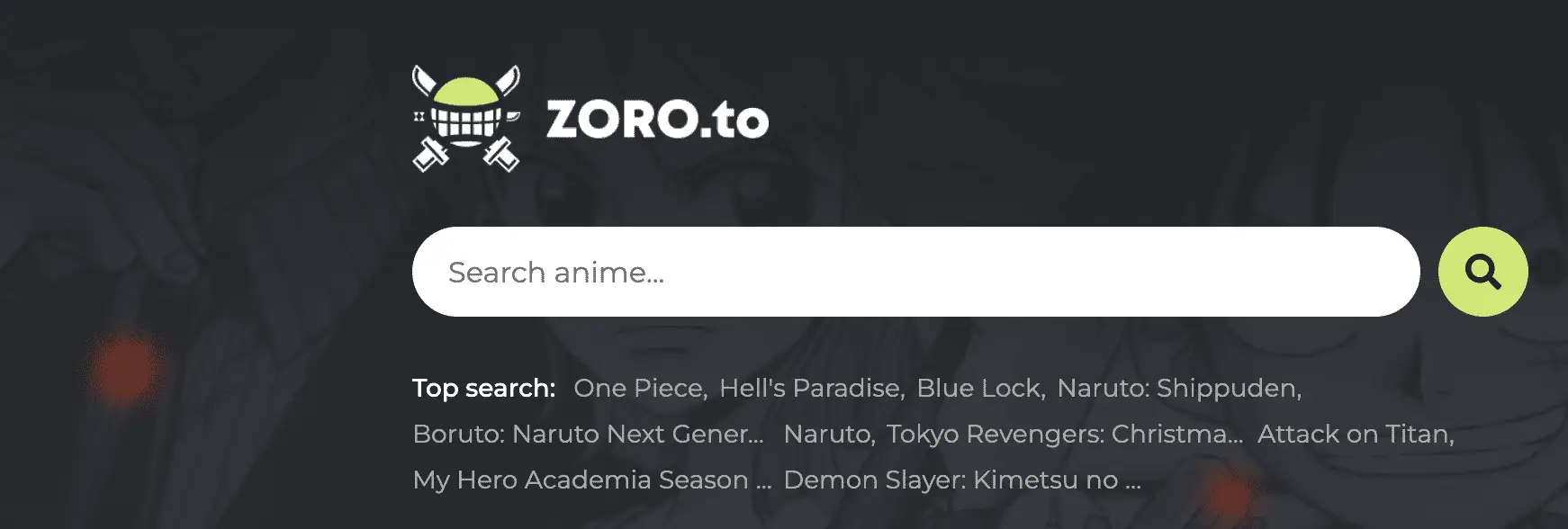How To Write a Letter (With Type and Example)

As most letters are now sent by email, it is critical to understand how to create a professional letter that will leave the receiver with a great impression of you and your firm. When sending a letter through the mail, you want it to fit on a single page, be easily readable, and look professional.
This page discusses how to write a letter, the many types of letters, and an example letter to help you compose your own.
How to Write a Letter
These are the general guidelines for writing a letter:
- Select the appropriate type of paper.
- Use the proper formatting.
- Choose between the block and indented form.
- Include both addresses and the date.
- Include a salutation.
- Write the body of your letter.
- Include a complimentary close.
- Include any further details.
Select the appropriate type of paper
Your message should be typed and printed on regular white paper. Depending on the circumstances, such as sending a letter of reference or a cover letter with your resume, you may wish to print on excellent resume paper. If you're sending a business letter on behalf of your company, you should use company letterhead.
Use the proper formatting
The next step in the process will be to choose the suitable typeface. Again, use legible, clear fonts rather than ones with a particular style. Here are a few instances of appropriate typefaces you could use:
- Arial
- Times New Roman
- Roboto
- Georgia
- Open Sans
- Helvetica
Use a font size of between 10 and 12 points for easy reading.
Choose between the block and indented form
Despite the fact that there are many distinct formatting options, generally speaking, you should pick an indented or block format. In the block format, every section and element is centered on the left side of the page. Every paragraph has a first sentence that is not indented.
Documents with a more informal tone frequently employ the indented format. The first line of each paragraph is one inch indented when using indented form. You will right-justify your address and the date if you use an indented structure.
Although block form is the most common and often read style, the indented format offers some visual interest. Formal letters may be written in either format.
Include both addresses and the date
Your letter should begin with the sender and recipient's addresses, the date, and their addresses. Then, at the top, put your address and phone number, skip a line, write the date, skip a third line, and then put the receiver's address.
If you have chosen the indented format, the recipient's address should be left-justified, with your address and date in the top right corner. All addresses will be left justified if you've selected a block format.
Include a salutation
When writing to someone you know, the shortest and frequently most appropriate salutation is "Dear [name of recipient]". Use their title and last name if you are in a formal connection with them or if you don't know them well. If you are writing a letter to a firm employee but are unsure about their name, take the time to do some research. You can frequently locate someone's name on LinkedIn if you know their title. Alternatively, you might contact the business and request the name of the individual in that position.
Use "To Whom It May Concern" if the information cannot be located or if the letter is not addressed to a specific individual. A colon or comma might be used after the salutation.
Write the body of your letter
If your letter is in block format, leave a blank line between each paragraph to make it simpler to read by left justifying each paragraph. You must indent the first line of each paragraph by one inch when using indented forms.
Ensure your letter is brief—no more than one page—direct and concise. While a brief salutation like "I hope this letter finds you well" is okay initially, you should get to the point and explain why you're writing. You can start this by writing, "I'm writing regarding..."
In the letter's body, keep as much of the language active. For example, reiterate your letter's goal in the concluding paragraph and ask for more action. Add another polite closing to the letter, such as "Thank you for your time and consideration" or "Please let me know if you'd like to discuss this in more detail over the phone."
Include a complimentary close
Use "sincerely" for your close relative if you're writing to someone you don't know well or with whom you have a formal relationship. Best wishes, "kindest regards," and "best" are more alternatives. Another choice is to use "yours truly."
Include any further details
In some circumstances, you might want to add more details under the salutation. These should be listed once per line. For example, the following extra details could be provided:
- Separate mailings: This informs the recipient that you will communicate with them in other ways and what those ways will be.
- Enclosures: This informs them that you have added more papers to the letter. For convenient reference, you can include the total number of additional documents in parentheses.
- Courtesy copies: This informs the recipient that copies of this letter have also been sent to other people. Write "CC" or "Copies to" after the names of the other recipients to indicate this.

Types of letters
Letters are organized under two main categories: formal and informal.
Formal letter
The four standard formats for formal letters are indented, full block, modified block, and semi-block. Formal letter formats include the following:
- Invitation
- Job or school application
- Acceptance letter
- Rejection letter
- Exit or resignation letter
- Recommendation or referral
- Offer or proposal
- Agreement
- Cover letter
- Interview follow-up or thank you
- Inquiry
Informal letter
Informal letters can be written in a variety of styles and don't need to follow a certain structure. Informal letter formats include the following:
- Thank you
- Congratulations
- Sympathy or condolence
- Friendship/thinking of you
- Love
- Appreciation
- Announcement, such as a name or an address change
- Letter to the editor
- Welcome

Example of a letter
You can use the following sample business letter as a template to create your own. You can see the block format in the following example:
Rob Sloan
Marketing Executive
NextGen Business Solutions
12 Water Street
New York, NY
(212) 222-3333April 15, 2023
Adam Swinford
Office Manager
New York Hospital
810 Orange Drive
New York, NYDear Mr. Swinford,
I hope you are doing well as I write you this letter. I'm writing in response to a recent inquiry you made for more details regarding a AI based solution for your hospital. I work as the Marketing Executive for NextGen Business Solutions, and I think your hospital could benefit from our products that is tuned for hopstials.
We provide cutting-edge technological solutions to large and small businesses alike. Our ultimate objective is to find inefficiencies within each firm's workflows and offer technology solutions to make them more effective, people more productive, and the company more profitable.
We offer various tools that are specifically made to improve security because we recognize that it is a key concern for businesses today. We have a number of tools that enable hospitals like yours to stay HIPAA compliant while allowing clinicians to send and receive emails or access patient records from any location.
Please feel free to call me directly at (212) 222-3333 if you have any questions regarding what we have to offer. I appreciate your time and thought.
Sincerely,
Rob Sloan
Marketing Executive
NextGen Business Solutions




